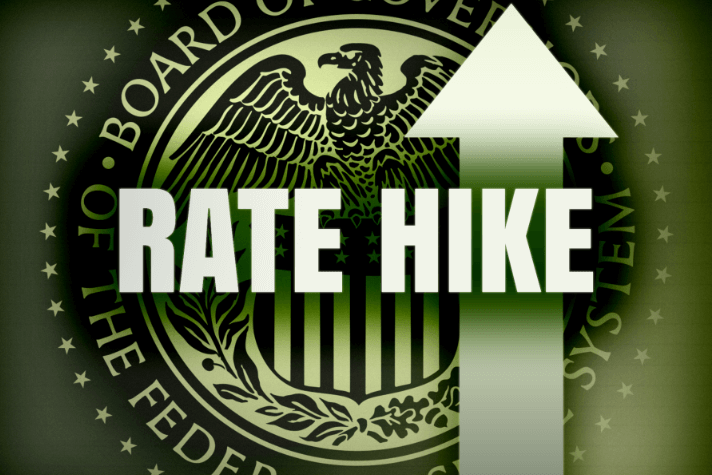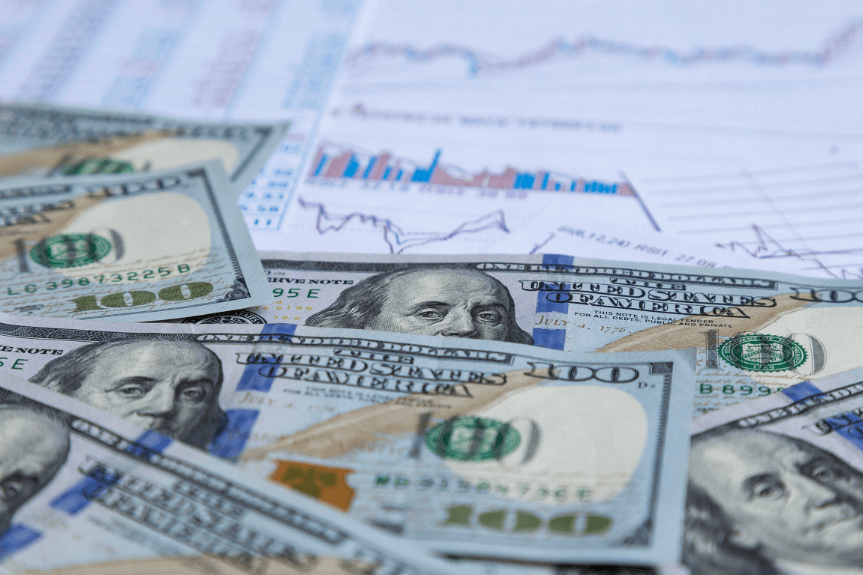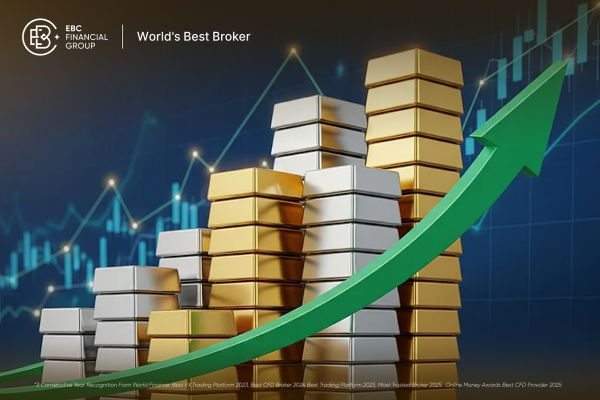China's economic rise has placed its currency, the Renminbi (RMB), firmly in the spotlight. Whether you're browsing financial news, planning a trip to Beijing, or trading on global markets, understanding what the RMB is—and what it isn't—is becoming increasingly relevant.
Definition and Terminology: RMB vs. Yuan
Let's start with the basics. RMB stands for Renminbi, which literally means "People's Currency" in Mandarin. It's the official currency of the People's Republic of China. But here's where many people get confused—what about the "yuan"?
Think of "Renminbi" as the name of the currency, like "pound sterling" in the UK. The "yuan" is the unit of account, much like how we say "ten pounds" in everyday conversation. So, when someone says something costs 100 yuan, they're referring to 100 units of the Renminbi. It's a bit like saying "100 pounds" instead of "100 sterling".
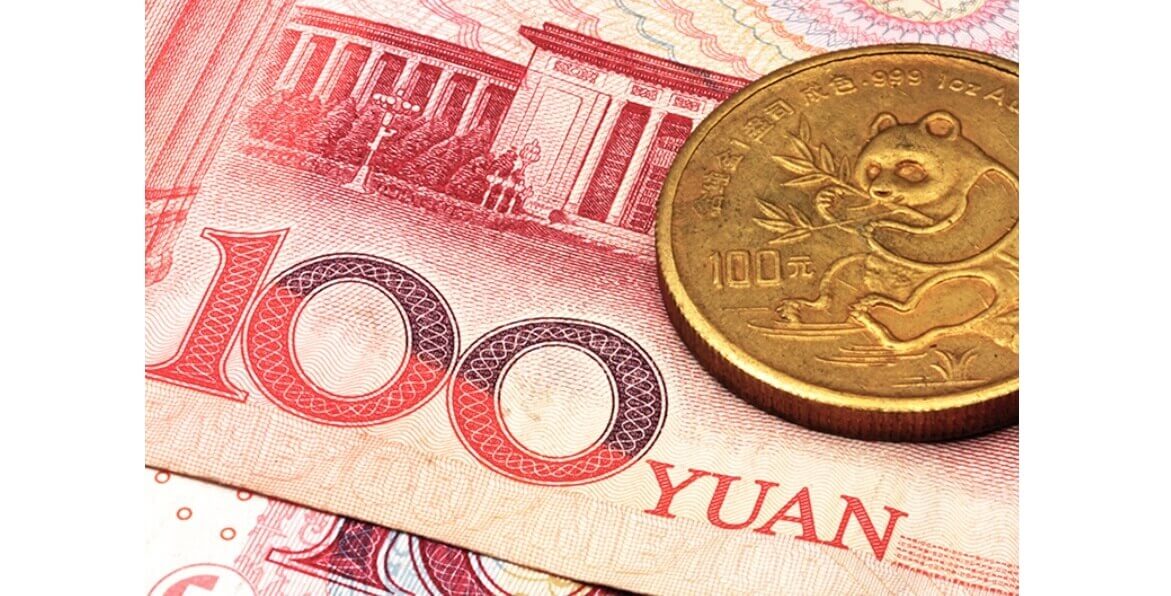 In short: RMB is the official name, yuan is the unit. Both terms are widely used, but now you know the difference.
In short: RMB is the official name, yuan is the unit. Both terms are widely used, but now you know the difference.
Currency Structure: Units and Denominations
Like most currencies, the RMB has both notes and coins in various denominations. But it also has its own structure. One yuan is divided into 10 jiao, and one jiao is further divided into 10 fen. In practice, you won't see many fen coins anymore—they've largely fallen out of use because of inflation.
For everyday transactions, the most common banknotes are 1. 5. 10. 20. 50. and 100 yuan. You'll also come across coins, usually 1 yuan and 1 or 5 jiao. The notes are colourful and often feature the face of Mao Zedong, China's founding leader, which makes them easy to recognise.
Whether you're buying noodles at a street stall or paying for a train ticket, these denominations cover most situations. And with mobile payments booming in China, you might even find yourself using WeChat Pay or Alipay more often than physical notes.
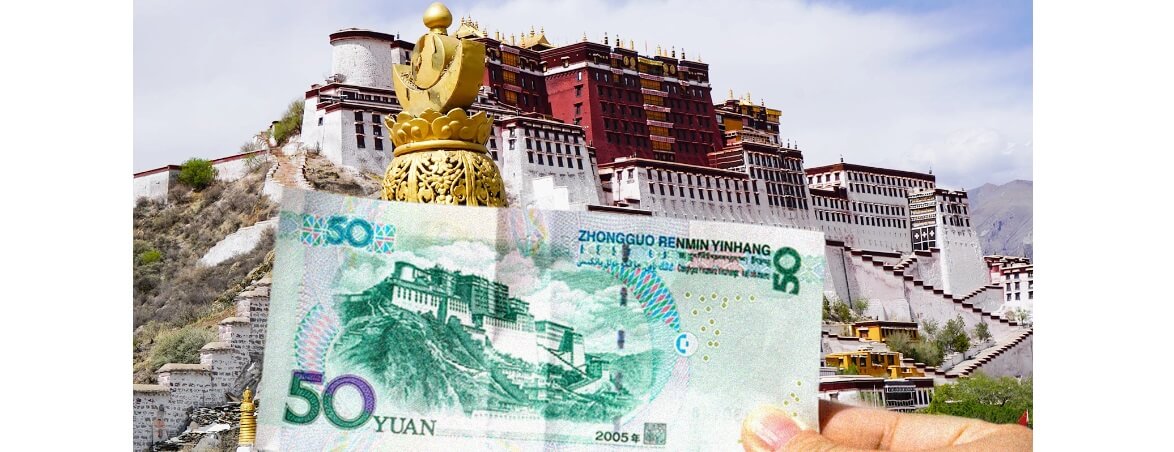
Issuing Authority: The People's Bank of China
Every currency has an authority behind it, and for the RMB, that role is played by the People's Bank of China (PBOC). This central bank is in charge of printing money, setting interest rates, managing inflation, and generally keeping the economy on track.
The PBOC doesn't just sit back and watch; it actively manages the currency's value through various tools and policies. In contrast to fully free-floating currencies like the US dollar or the euro, the RMB is managed in a more controlled way. The government keeps a close eye on its stability, especially since China relies heavily on international trade.
As a result, the value of the RMB isn't solely determined by market forces. The PBOC influences its direction by setting daily reference rates and using foreign exchange reserves to control volatility.
If you've ever seen the symbol "¥" and wondered whether it stands for Chinese or Japanese currency, you're not alone. Both the Chinese yuan and the Japanese yen use the same symbol, but they're different currencies entirely.
To tell them apart, we use international currency codes. For the Chinese currency, the ISO code is CNY, short for "Chinese Yuan". You might also see "RMB" used informally, especially in media and financial discussions. They're often interchangeable in casual contexts, but CNY is more precise when dealing with exchange rates and financial systems.
In offshore markets—such as in Hong Kong or London—you may come across CNH, which refers specifically to the yuan traded outside mainland China. It's the same currency in theory, but the onshore and offshore versions can have slightly different values due to market access and regulatory differences.
Colloquial Terms: 'Kuai' and 'Mao'
Step into a local market in Shanghai, and you'll rarely hear people saying "yuan" or "jiao". Instead, locals tend to use "kuai" and "mao"—the everyday, informal terms for money.
"Kuai" (pronounced kwhy) is used instead of "yuan", and "mao" replaces "jiao". So if something costs 10 yuan and 5 jiao, someone might casually say "shi kuai wu" (十块五), meaning "ten kuai five".
It's a bit like how in the UK people might say "quid" instead of "pounds" or "tenner" instead of "ten-pound note". It's all about sounding natural in conversation, and knowing these terms makes it easier to blend in if you're travelling or working in China.
China's currency might seem a bit tricky at first glance, especially with all the names, codes, and terminology flying around. But once you get the hang of it, it's actually quite logical. Understanding the basics—like the difference between RMB and yuan, how the currency is structured, and who controls it—gives you a solid foundation for exploring China's economic influence further.
Whether you're a curious traveller, a global investor, or just someone who wants to better understand how the world's second-largest economy operates, knowing what RMB is puts you one step ahead. Want to go deeper next? You could explore how the RMB is used in international trade or how it compares to other global currencies.
Disclaimer: This material is for general information purposes only and is not intended as (and should not be considered to be) financial, investment or other advice on which reliance should be placed. No opinion given in the material constitutes a recommendation by EBC or the author that any particular investment, security, transaction or investment strategy is suitable for any specific person.
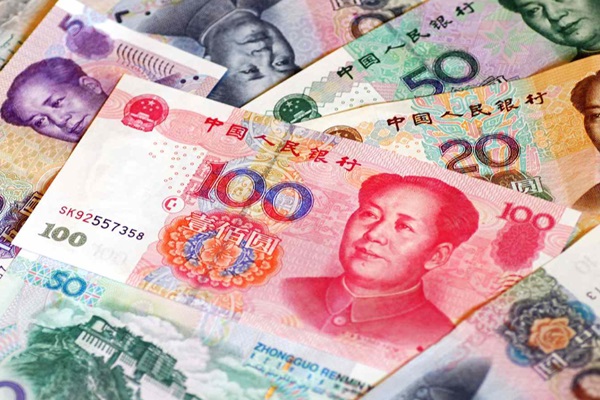


 In short: RMB is the official name, yuan is the unit. Both terms are widely used, but now you know the difference.
In short: RMB is the official name, yuan is the unit. Both terms are widely used, but now you know the difference.










